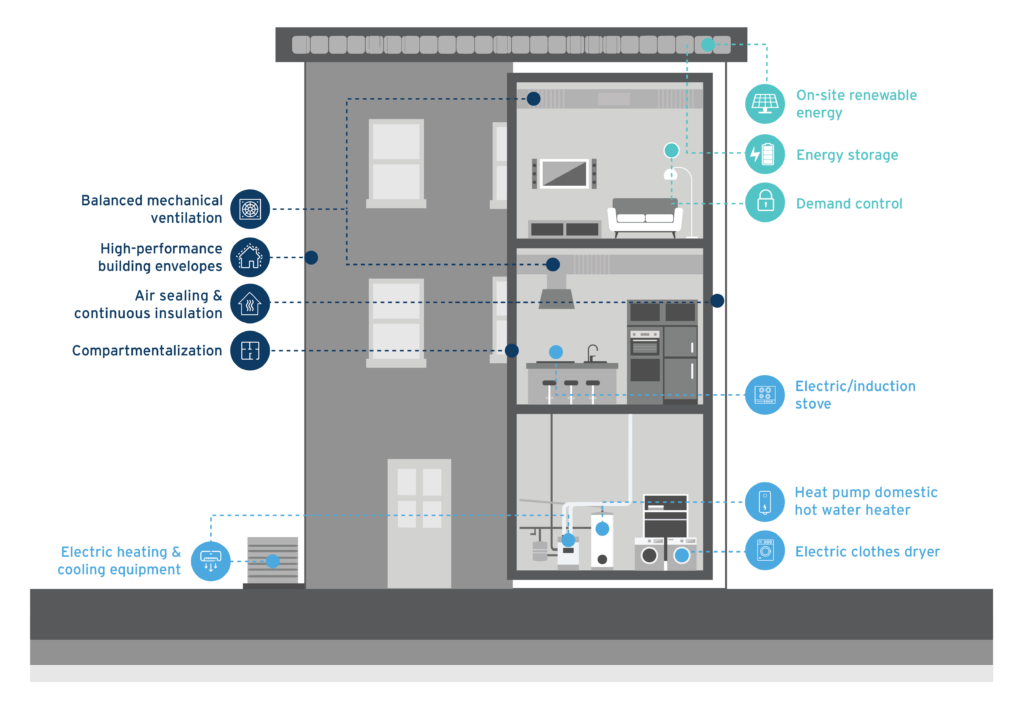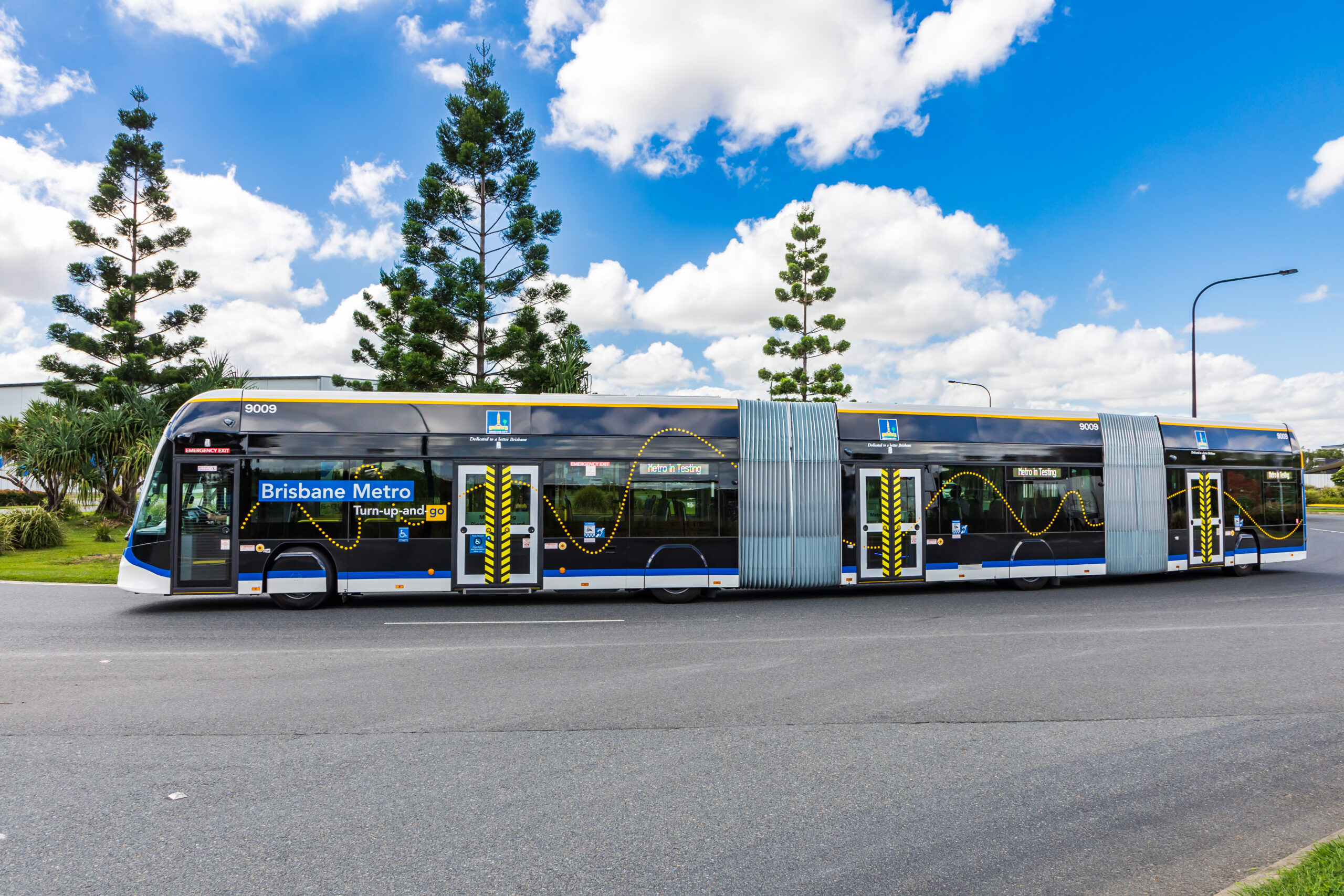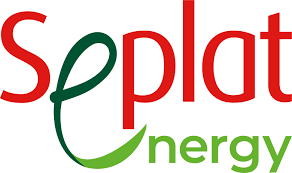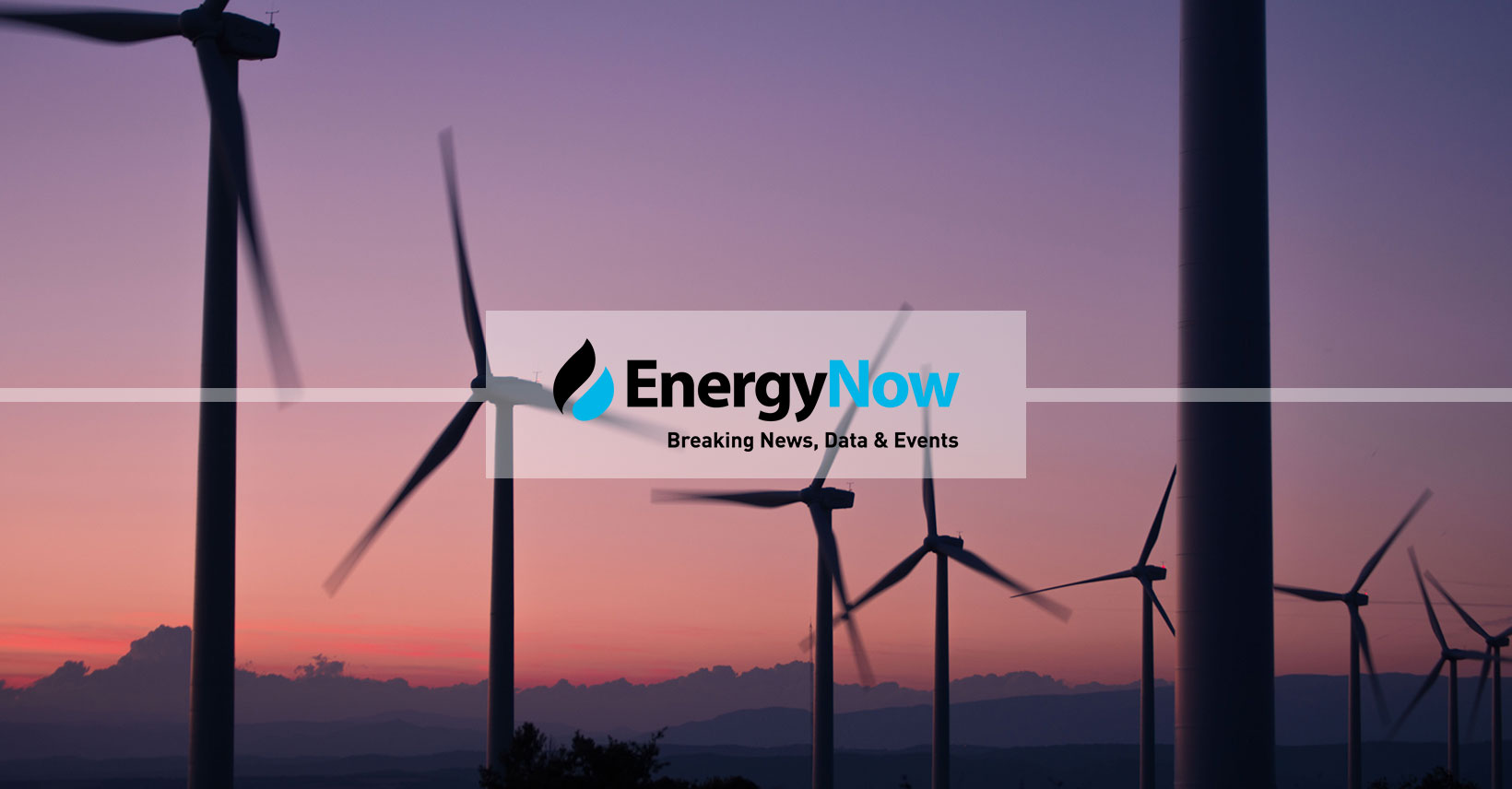
The White House and Department of Energy (DOE) recently laid the foundation for two monumental home energy upgrade initiatives: the Home Efficiency Rebates program, which offers up to $8,000 to households, and the Home Electrification and Appliance Rebates program, which provides up to $14,000. These rebate programs — made possible by President Biden’s Inflation Reduction Act — represent one of the largest-ever federal investments to decarbonize the US building stock and help Americans pay for home efficiency improvements such as better insulation, all-electric heat pumps, and induction stoves.
Altogether, the two new home energy rebate programs are anticipated to deliver $1 billion in annual energy cost savings for consumers, support 50,000 clean energy jobs, and produce significant climate and air pollution reduction benefits for homes and communities across the country. A recent RMI analysis showed that in all 48 continental states, replacing a gas furnace with a heat pump alone could reduce climate pollution by up to 93 percent, depending on the state. Combine these benefits with the latest demonstrations that energy efficiency can help save lives during extreme weather events and that heat pump installations will reduce climate pollution beginning in the first year, and states can see the win-win of efficiency and electrification.

Example measures in a whole-home retrofit include electric appliances, energy assistance through rooftop renewable energy, weatherization measures to reduce air leakage, and health and safety measures like improved ventilation.
Example measures in a whole-home retrofit include electric appliances, energy assistance through rooftop renewable energy, weatherization measures to reduce air leakage, and health and safety measures like improved ventilation. The much-anticipated guidance from DOE effectively passes the baton to state governments to now finalize and implement these rebate programs with input from stakeholders including building science experts, environmental justice leaders, local community organizations, governments, and others. The clock is ticking, and states have until January 2025 to apply for and set up programs or risk losing out on direly needed investments, especially for low-income households and historically marginalized communities — if a state elects not to take the money, those investments and the economic, health, and resiliency benefits will go to other states.
Three foundational actions to enhance the impact of IRA home energy rebates
With the federal guidance now out, eyes are on the states to leverage the funding to drive benefits for low-income communities and tackle one of the country’s largest sources of climate pollution — our homes and buildings. We’ve identified three of the biggest opportunities for states to maximize the funding’s impact and ensure that those who need the most help can reap the economic, health, and climate benefits of the rebate programs:
1. Prioritize investments to low-income households and disadvantaged communities.
The home energy rebates can be catalytic in flipping the script on decades of disinvestment in in low-income and disadvantaged communities, particularly Black and brown communities. States can make lasting impacts with strategic investments in healthier, more efficient, climate-aligned housing and resilience infrastructure.
The rebates are required by the IRA to support investment in lower-income households: the Home Electrification and Appliance Rebate (HEAR) is reserved for low-income (<80 percent area median income) and moderate-income households (81–150 percent area median income), and the Home Efficiency Rebate (HER) offers higher incentives for low-income households to cover more upfront costs for upgrades. DOE also requires set-asides to ensure states invest minimum amounts in low-income households and low-income multifamily housing — approximately 40 percent for low-income and 10 percent for low-income multifamily housing (the exact percentage varies slightly by state). Establishing these funding floors marks a positive move by DOE to align with the Biden Administration’s Justice40 principles.
States can go even further by working with community-based organizations and other stakeholders to dedicate set-asides and additional program funding to disadvantaged communities (as defined in the program requirements). This could include working with multifamily building owners to make retrofits that benefit owners and tenants alike with lower utility bills and greater comfort or set-asides that support energy efficiency and electrification improvements that provide clean heating and cooling for disadvantaged communities facing increasingly extreme temperatures due to climate change.
2. Slash upfront costs by stacking incentives
To upgrade homes to be affordable, safe, and climate-friendly, people need access to comprehensive whole-home retrofits — this includes health and safety upgrades, weatherization and efficiency measures, electric appliances that save energy, and clean energy like solar. The HER and HEAR programs — when stacked with existing federal, state, utility, and local incentives — can drastically reduce the costs of these upgrades. State energy offices should collaborate with their sister agencies, community-based organizations, and DOE to inventory current residential retrofit programs and identify consumer-friendly ways to stack funding resources together to deliver these whole-home retrofits and make the process as simple as possible.
DOE has provided some starting points for states when it comes to incentive stacking. The agency clarified in which circumstances a home could access both rebates for a more comprehensive retrofit, how a home could receive a rebate and a federal tax incentive for a heat pump or other efficiency measures, and how federal financing options can support remaining retrofit costs. These are critical pieces to the puzzle that states can use to launch a more robust incentive stacking effort that pulls in state, local, utility, and philanthropic incentives to support whole-home retrofits.
3. Develop supporting policy for building retrofits
The rebates, while historic, are not the golden ticket to decarbonizing every home nationwide. A single federal program will not bring energy efficiency upgrades to every door and electrify the 20+ million low-income households in the United States that still burn fossil fuels. That’s where more state and local action is needed to transform the market.
States can scale building retrofits (especially for low-income households) by developing complementary policies.
- Fill post-rebate incentive gaps: There are key gaps in IRA rebates and residential tax credits that states can help fill with existing funds or flexible IRA dollars, including incentives for health and safety upgrades, electrical service upgrades, and low-income solar.
- Workforce training and incentives: States should develop electrification trainings that educate contractors on available incentives and how to access them for clients. Funding is available through Contractor Training Grants. The rebates offer financial incentives directly to contractors performing qualified work — states and localities could offer contractors similar, stackable incentives for these and any similar existing or future retrofit programs.
- Pair energy efficiency and building electrification programs: Building envelope efficiency improvements will help ensure that new, electrified HVAC equipment is right-sized, reducing upfront equipment costs and utility bills. Electrifying cooking equipment, dryers, and heating systems in weatherized homes will help ensure that tighter building envelopes do not trap pollution from fossil fuel appliances that harm indoor air quality.
- Combine IRA and state programs to decarbonize neighborhoods: States and localities should collaborate to pair IRA rebate-driven retrofits with rooftop and community solar to deliver utility bill savings and solar-plus-heat-pump pairings that drive down energy costs and pollution. IRA programs like EPA’s Solar For All competition, DOE Loan Program Office’s new opportunities with State Energy Financing Institutions, and the renewable investment tax credit with low-income adders, as well as state clean energy grant or utility programs, may offer pathways to decarbonize entire communities’ buildings while delivering lower-cost electricity.
Looking ahead
States will soon be doing the hard work to design and deliver life-changing home energy rebate programs to households. Deep and detailed effort is needed to calculate energy and carbon savings, understand nuanced program funding restrictions, ensure robust utility data sharing, and more. States should ensure every program design decision prioritizes equitable retrofit deployment and pollution, energy, and cost reductions to the communities that need it most. Now is the time for the United States to accelerate residential building decarbonization in every corner of the country and spark an irreversible market transformation that will benefit us all.
© Rocky Mountain Institute. Published with permission. Originally posted on RMI. By David Smedick, Rachel Golden, Srinidhi Sampath Kumar, Lauren Reeg
Featured photo by Breno Assis on Unsplash
I don’t like paywalls. You don’t like paywalls. Who likes paywalls? Here at CleanTechnica, we implemented a limited paywall for a while, but it always felt wrong — and it was always tough to decide what we should put behind there. In theory, your most exclusive and best content goes behind a paywall. But then fewer people read it! We just don’t like paywalls, and so we’ve decided to ditch ours. Unfortunately, the media business is still a tough, cut-throat business with tiny margins. It’s a never-ending Olympic challenge to stay above water or even perhaps — gasp — grow. So …



